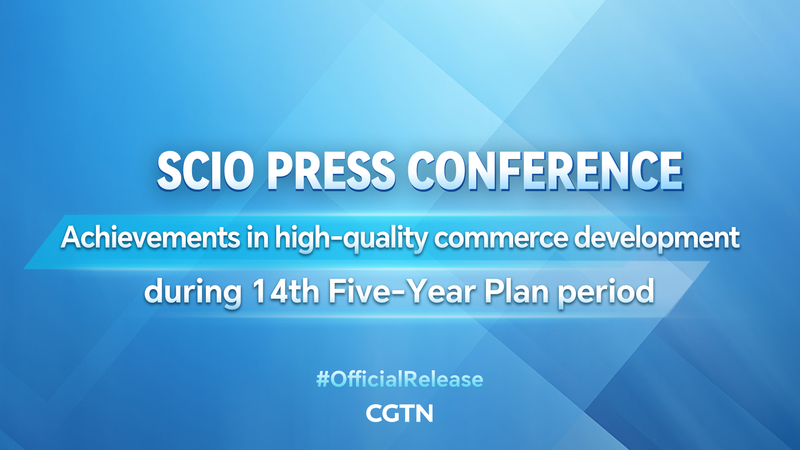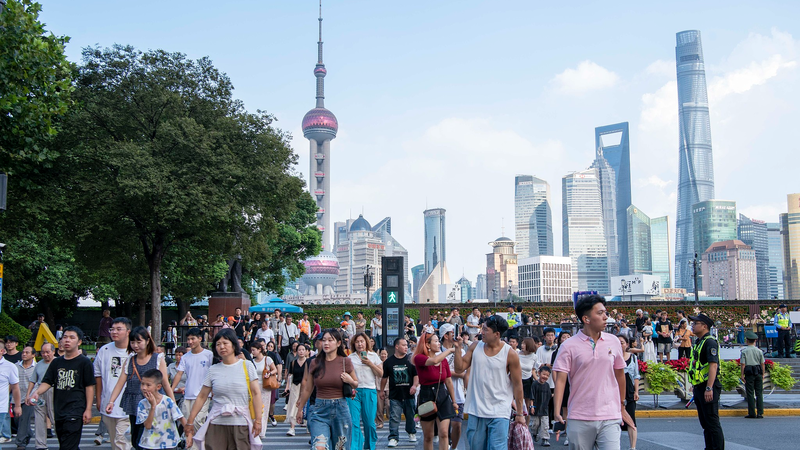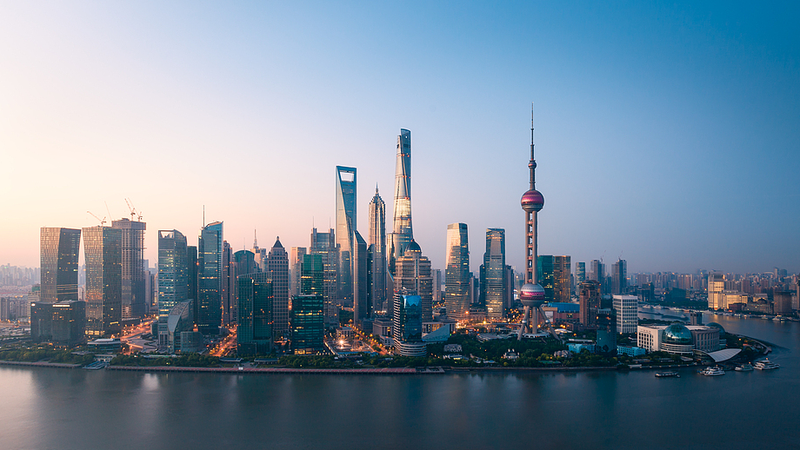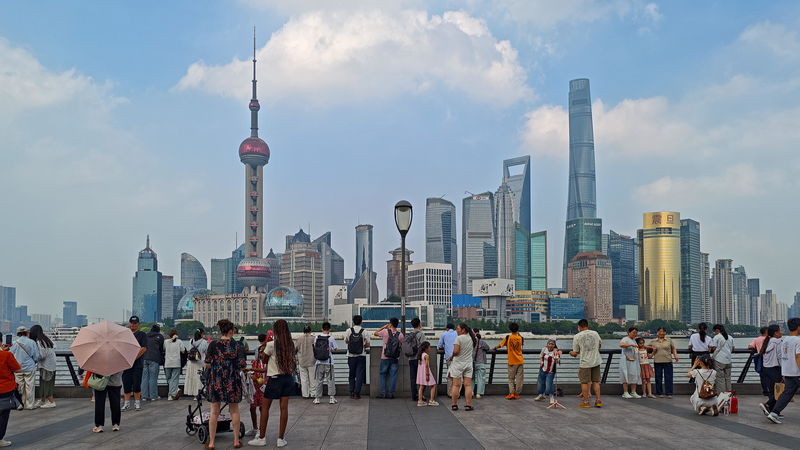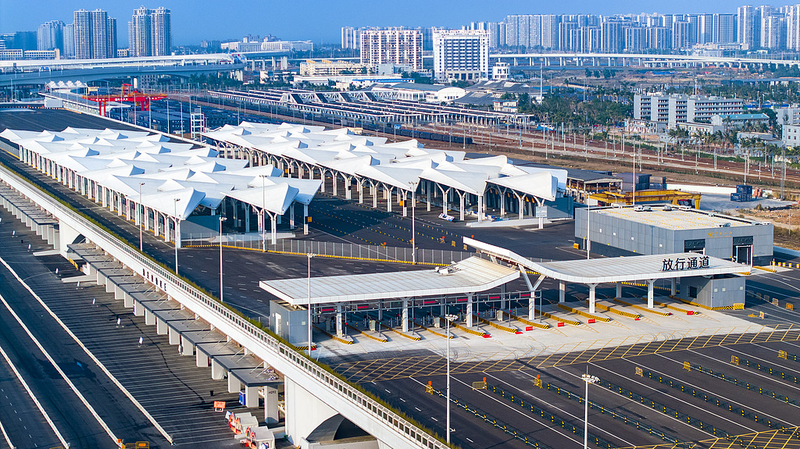As China concludes its 14th Five-Year Plan (2021–2025), a dual narrative emerges: unwavering stability enabling bold economic reforms. Journalists Séan Doherty and Emma Ho explored Beijing’s streets, capturing firsthand accounts from residents and expatriates navigating this transformative era.
Foundations of Progress
Stability remains central to China’s development strategy, serving as the bedrock for technological innovation and ecological initiatives. Despite global challenges like the COVID-19 pandemic, urban unemployment stayed below 5.5%, while market reforms attracted overseas investment and boosted international collaboration. The plan’s focus on high-quality growth has positioned China to contribute nearly 30% of annual global economic expansion.
Economic Restructuring in Action
Reduced market restrictions and enhanced access have spurred new industries, from green energy to AI-driven services. Cross-border cultural exchanges flourished, with businesses in Hong Kong and the Taiwan region increasingly partnering with mainland counterparts. These shifts highlight how strategic stability enables risk-taking – a balance resonating with global investors eyeing Asia’s largest economy.
Reference(s):
China's 14th Five-Year Plan: Where stability meets transformation
cgtn.com


